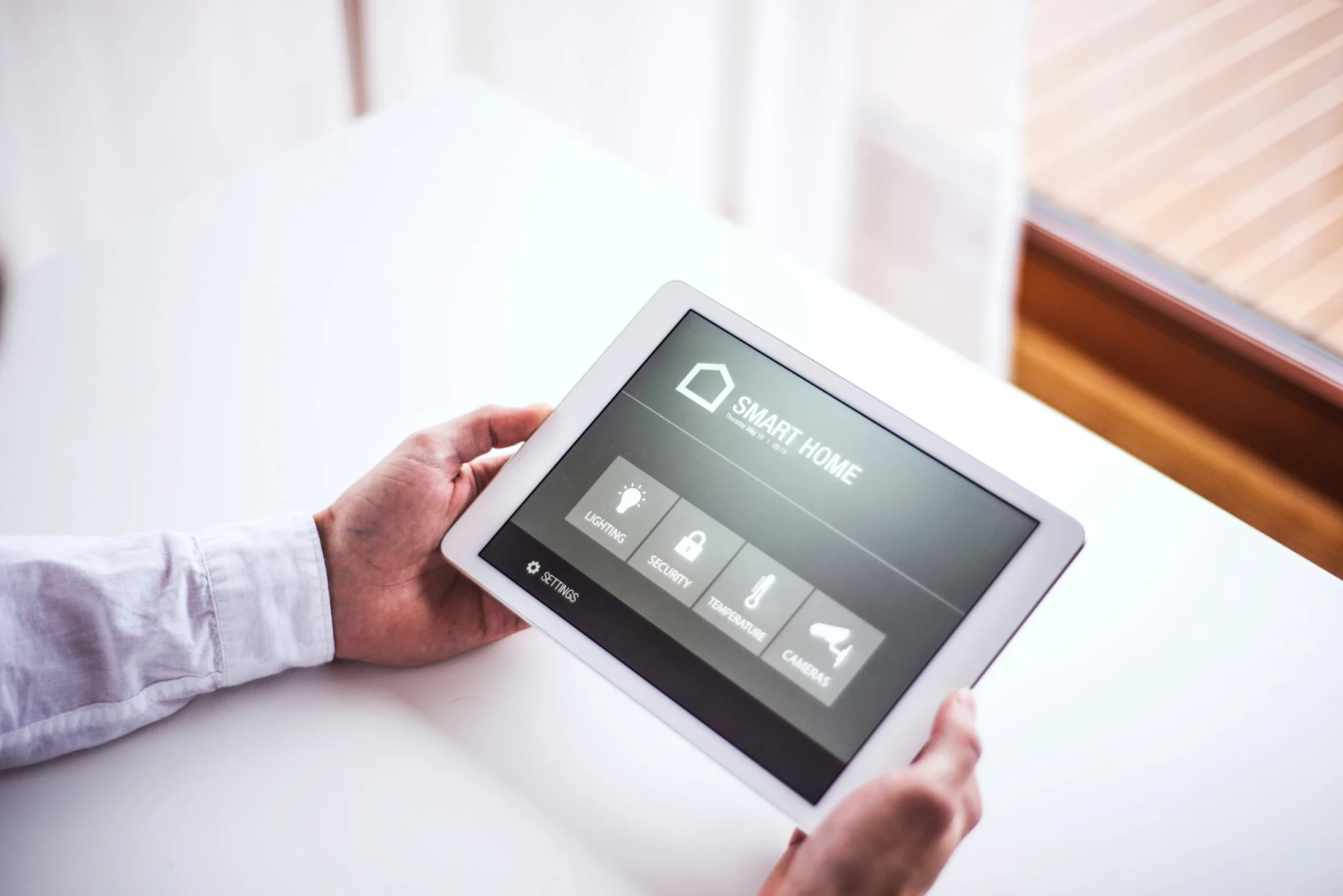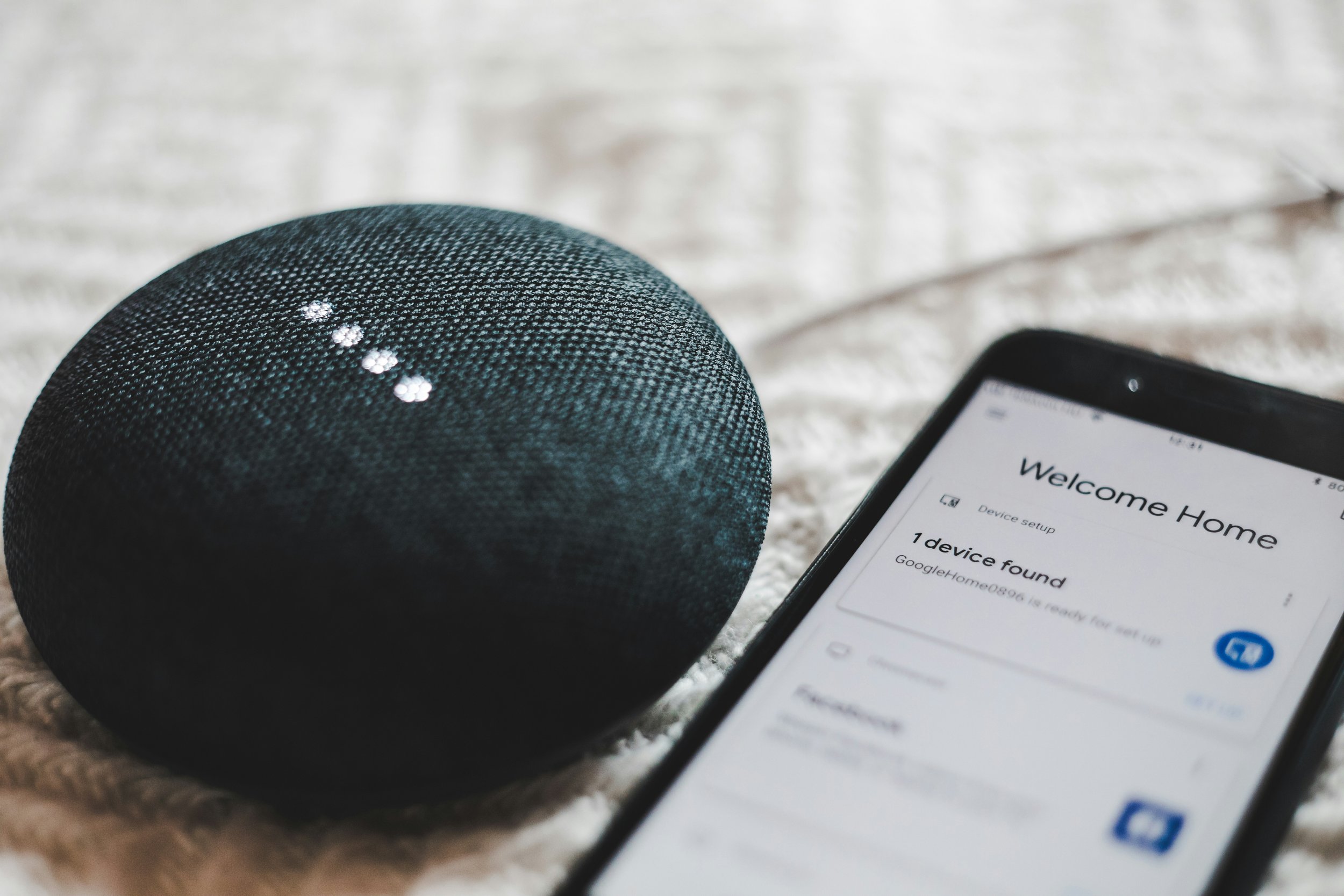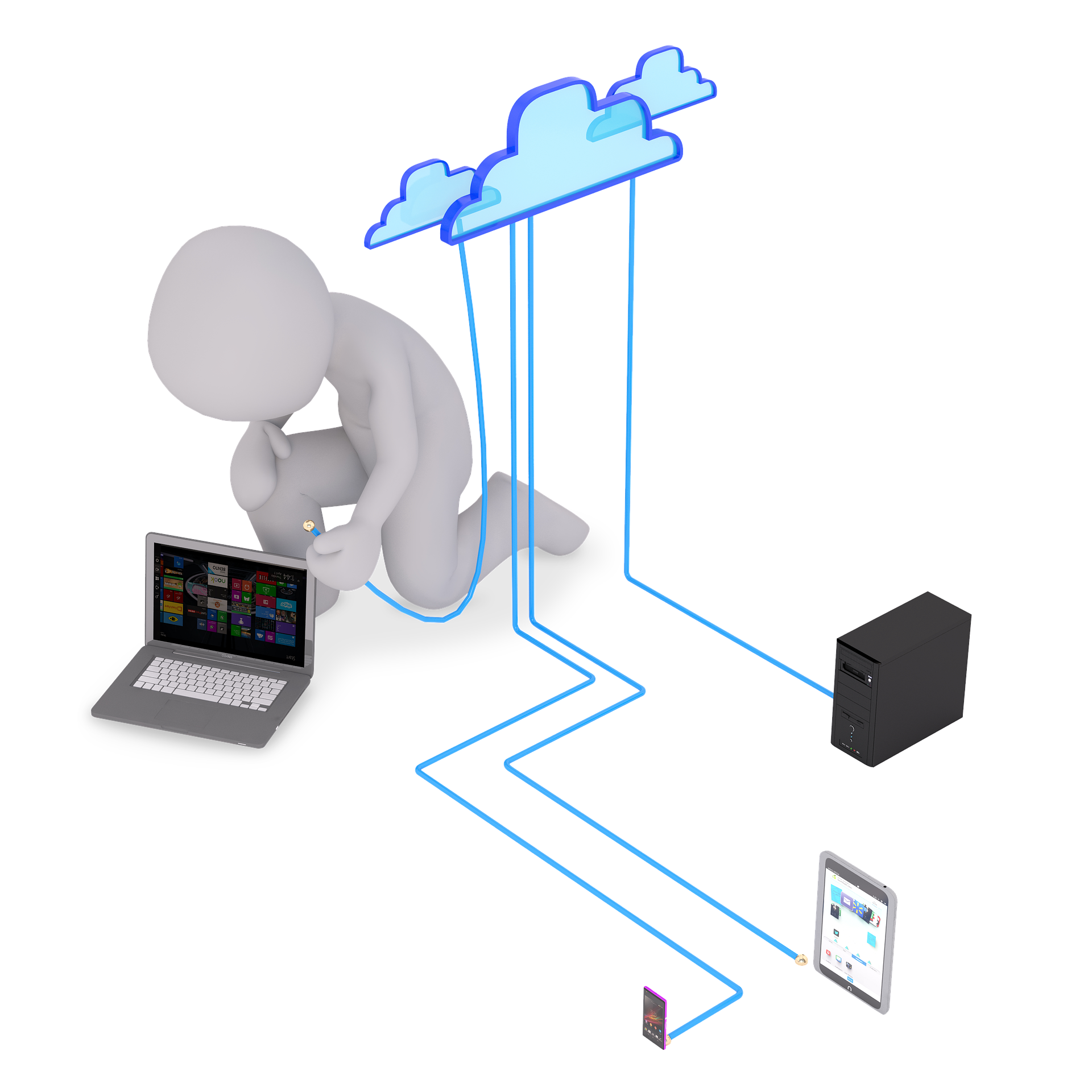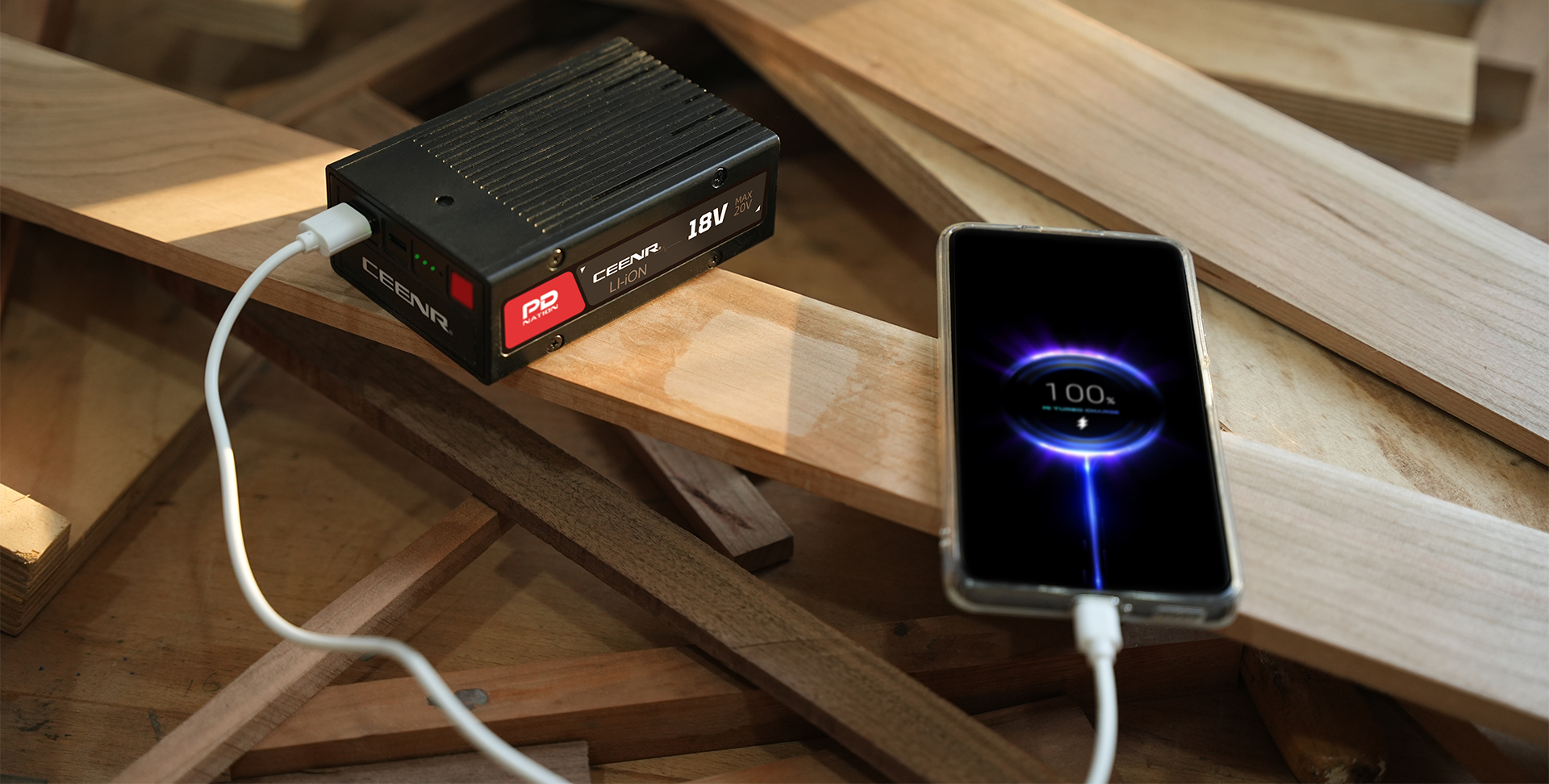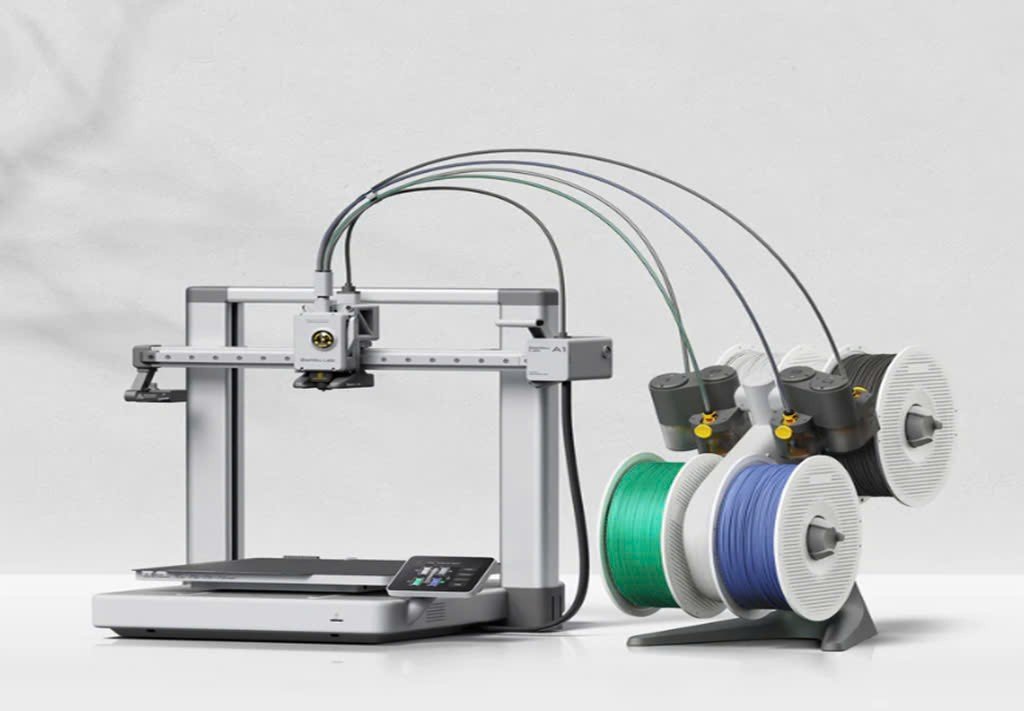How to Use Circle Prospecting Software to Dominate Your Local Market
Learn how circle prospecting software can boost your local outreach, generate leads, and help you dominate your real estate market effectively.
Gaining an edge often boils down to mastering your local territory in real estate and sales. Whether you're an agent, broker, or small business professional, building a recognizable presence in your community is key. One of the most powerful yet underutilized strategies to achieve this is circle prospecting, and with the rise of advanced tools like Circle prospecting software, the game has changed.
This article explores how to use circle prospecting software effectively and consistently to become the dominant force in your neighborhood or target area. From the basics to the most advanced techniques, we’ll guide you through every step.
Understanding Circle Prospecting
At its core, circle prospecting is the process of reaching out to homeowners within a specific geographic radius, typically around a recent sale, new listing, or key location. The goal isn’t necessarily to sell something immediately but to build relationships, establish name recognition, and plant seeds for future business.
Think of it as hyperlocal farming: you’re cultivating awareness and trust, one conversation at a time.
Traditional vs. Software-Based Circle Prospecting
Before prospecting software became mainstream, agents would rely on spreadsheets, printed directories, and hand-dialed phone calls to reach out. While this grassroots approach had its merits, it was time-consuming and difficult to scale.
Modern circle prospecting software automates the most tedious parts of the process. With the right tool, you can map your target area, access up-to-date contact information, launch outreach campaigns, and track your success—all from one platform.
The Power of Local Market Domination
While it’s tempting to cast a wide net, many top producers swear by focusing on a specific, high-potential area. Local market dominance isn’t just about selling—it’s about becoming the name people associate with trust, expertise, and results.
When you consistently appear in mailboxes, inboxes, and phone calls within a tight geographic zone, you develop mindshare. People remember your name when it matters most—like when they’re thinking of listing their home or recommending a realtor to a friend.
Circle prospecting supports this kind of growth by helping you stay top-of-mind. It lets you focus your marketing on neighborhoods where you've already established credibility (e.g., near a recent sale) and build upon that social proof. Over time, this creates a snowball effect: more visibility leads to more listings, which lead to more conversations, and ultimately, more closings.
Choosing the Right Circle Prospecting Software
Not all tools are created equal. To get real results, choose software that offers:
Map-based targeting so you can zero in on streets, blocks, or zip codes.
Accurate homeowner data, including phone numbers and emails.
CRM functionality for lead tracking, tagging, and follow-ups.
Drip campaign automation via email, SMS, or direct mail.
Call integration with built-in dialers and scripting.
Analytics dashboards to monitor open rates, call attempts, conversions, and more.
Popular Tools in the Market
There are several tools built specifically for agents and brokers, but Circle prospecting software from Vulcan7 stands out. It combines high-quality data with an intuitive interface and advanced lead management tools, making it easier to not just contact, but convert.
Other platforms like REDX and Landvoice also offer similar features but may vary in data accuracy, integrations, or pricing models.
How to Use the Software Effectively
Start by identifying the neighborhoods or zip codes that align with your business goals. Ideally, choose areas where:
You’ve recently closed a sale.
Homes have high turnover rates.
Property values support your desired commission levels.
You have some brand recognition or personal connection.
Using your software’s map tools, you can draw a radius around your target property and instantly pull homeowner data for outreach.
Import and Qualify Leads
Once your list is generated, it’s time to qualify. Tag and sort leads by:
Owner occupancy vs. rentals
Length of home ownership
Home equity and estimated value
Recent real estate activity in the area
Not all leads will be equal—prioritize those who are more likely to need your services soon.
Create a Custom Outreach Strategy
Your messaging should reflect your understanding of the neighborhood and its homeowners. Reference specific events: a home that just sold down the street, a price increase in the area, or seasonal trends.
Start with a phone call using a relevant script, then follow up with personalized emails or direct mail pieces. Include valuable content like:
Local market reports
Home valuation offers
Neighborhood-specific tips
Avoid sounding robotic—this is where genuine rapport-building makes all the difference.
Automate Follow-Up and Drip Campaigns
The fortune is in the follow-up. Use your software to build a cadence of communication that extends weeks or even months beyond your initial contact. Set reminders, automate emails, and keep checking in—especially with warm leads.
Some platforms allow you to create multi-touch campaigns combining calls, texts, and mailers—without lifting a finger after setup.
Track, Analyse, and Optimise
One of the biggest advantages of using a digital system is the ability to track what works. Monitor KPIs like:
Call connection rate
Email open and click rates
Appointment-setting success
Conversion rate from contact to client
If a script underperforms or a campaign lags in engagement, test variations and iterate.
Conclusion
Circle prospecting remains one of the most powerful tools for building local dominance, but only when paired with the right strategy and tools. With a smart approach and a reliable platform like Circle prospecting software, you can transform cold data into warm conversations—and eventually into loyal clients.
In a world where people still value personal connections, using software to enhance—not replace—your human touch is how you win the neighborhood, one contact at a time.

